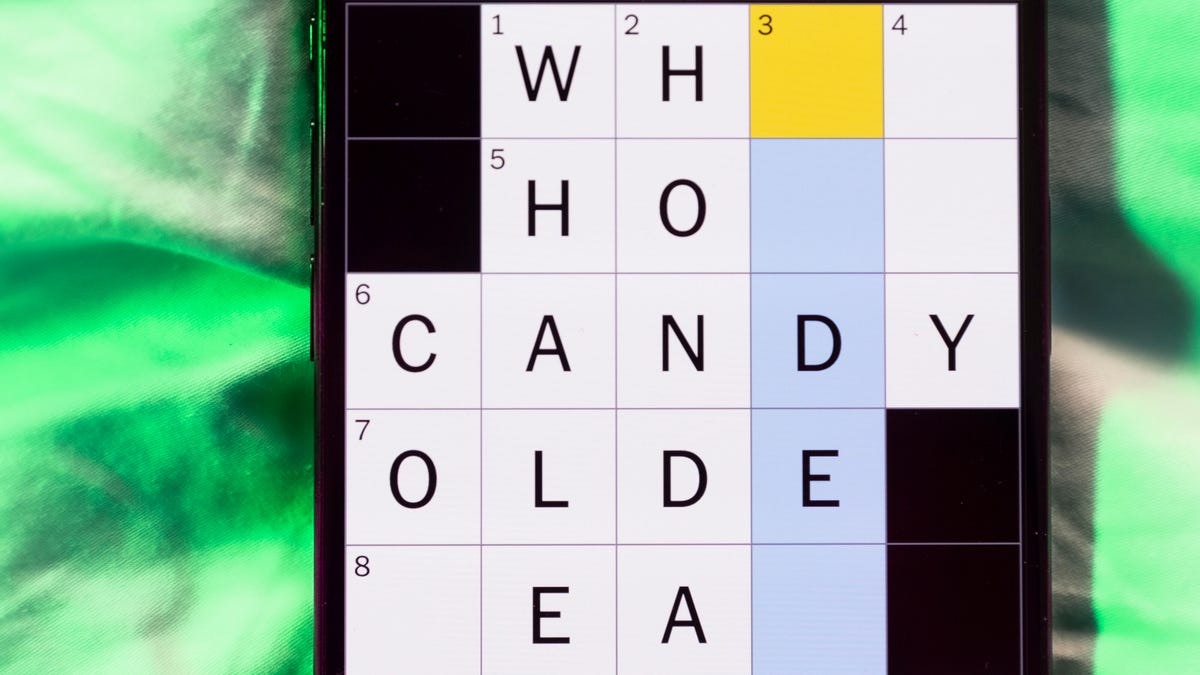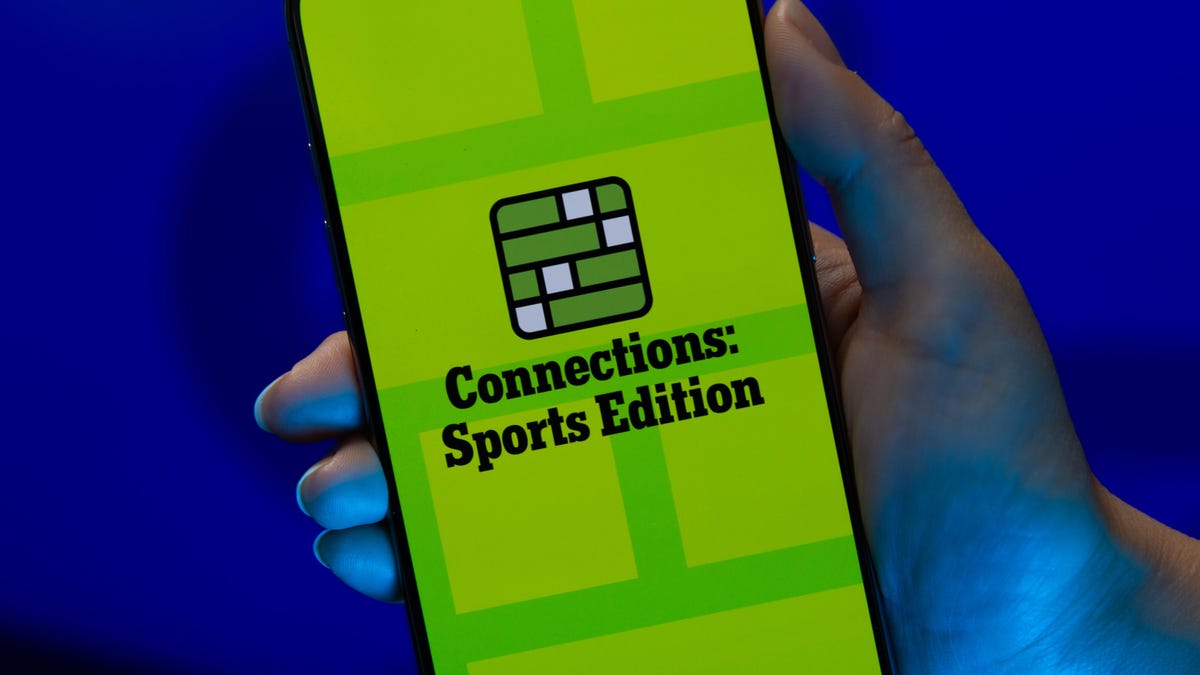Technologies
iOS 16.3: The New iPhone Features You Can Try Now
New features include more security options and new ways to use emergency SOS via satellite.

Apple released iOS 16.3 on Jan. 23, and the update brings new features, bug fixes and security updates to people with an iPhone 8 or later. One of the biggest new features in iOS 16.3 means you can now use security keys to protect your Apple ID.
This update was released alongside updates for other Apple software, too, like iPadOS, Safari and previous versions of iOS. The latest iOS update arrives about a month after the release of iOS 16.2.
Here are the new features landing on your iPhone with iOS 16.3.
Security keys come to Apple ID
Users can now use third-party security keys instead of two-factor authentication for their Apple ID.
Security keys are a lot like keys to your home. You still use passwords, but this extra layer of security can help protect you against phishing scams and hackers.
«Hardware security keys are very, very secure,» Diya Jolly, chief product officer of authentication service company Okta, told CNET’s Stephen Shankland.
Apple’s security keys feature only works with FIDO Alliance-certified security keys.
Support for the second-gen HomePod
Apple’s iOS 16.3 software will support the second-generation HomePod, which is set to be released on Feb. 3 for $299 ( 299, AU$479). Apple announced the release of the new HomePod four days before the latest iOS software was made available.
New Unity wallpaper for Black History Month
The latest iOS update includes a new iPhone wallpaper as part of Apple’s Black Unity Collection. The collection celebrates Black History Month with a special-edition Apple Watch Black Unity Sport Loop, a mosaic watch face and the new iPhone wallpaper. Apple also plans to release a selection of Black History Month content for Apple TV, Fitness Plus, Music, Maps, Books, Podcasts and the App Store as part of the collection.
New ways to use Emergency SOS via satellite
Emergency SOS via satellite was introduced at Apple’s event in September. In iOS 16.3, the Call with Hold option has been replaced with Call with Hold and Release. If you enable Call with Hold and Release, you can hold the side button and a volume button to initiate a countdown and an alarm. After the countdown, you release the buttons and your iPhone will call emergency services on its own. Before with Call with Hold, pressing the side button and a volume button would first bring up the Emergency SOS call slider. If you continued to hold the buttons, a countdown started and an alarm would go off. After the countdown ended, your phone would make an emergency call.
There’s also an option to Call Quietly in Emergency SOS. By enabling this option, when you try to make an emergency SOS call, your phone won’t start flashing or making an alarm sound.
Here is the list of new features and changes included in iOS 16.3.
- New Unity wallpaper honors Black history and culture in celebration of Black History Month.
- Security Keys for Apple ID allow users to strengthen the security of their account by requiring a physical security key as part of the two factor authentication sign in process on new devices.
- Support for HomePod (second generation).
- Emergency SOS calls now require holding the side button with the up or down volume button and then releasing in order to prevent inadvertent emergency calls.
- Fixes an issue in Freeform where some drawing strokes created with Apple Pencil or your finger may not appear on shared boards.
- Addresses an issue where the wallpaper may appear black on the Lock Screen.
- Fixes an issue where horizontal lines may temporarily appear while waking up iPhone 14 Pro Max.
- Fixes an issue where the Home Lock Screen widget does not accurately display Home app status.
- Addresses an issue where Siri may not respond properly to music requests
- Resolves issues where Siri requests in CarPlay may not be understood correctly.
For more iOS 16 news, see what new features were added in iOS 16.2 and iOS 16.1. Here’s how you can sign up to test Apple’s iOS beta software, too.
Technologies
Today’s NYT Mini Crossword Answers for Friday, Dec. 26
Here are the answers for The New York Times Mini Crossword for Dec. 26.

Looking for the most recent Mini Crossword answer? Click here for today’s Mini Crossword hints, as well as our daily answers and hints for The New York Times Wordle, Strands, Connections and Connections: Sports Edition puzzles.
Need some help with today’s Mini Crossword? Some of the clues are tough today — I thought maybe 1-Across was referring to the Grinch, or even Oscar the Grouch, but was I ever wrong! Read on for all the answers. And if you could use some hints and guidance for daily solving, check out our Mini Crossword tips.
If you’re looking for today’s Wordle, Connections, Connections: Sports Edition and Strands answers, you can visit CNET’s NYT puzzle hints page.
Read more: Tips and Tricks for Solving The New York Times Mini Crossword
Let’s get to those Mini Crossword clues and answers.
Mini across clues and answers
1A clue: Furry and green, say
Answer: MOSSY
6A clue: State known for its potatoes
Answer: IDAHO
7A clue: Like a faithful friend
Answer: LOYAL
8A clue: Had a beverage
Answer: DRANK
9A clue: Pronoun frequently paired with «her»
Answer: SHE
Mini down clues and answers
1D clue: Not spicy, as salsa
Answer: MILD
2D clue: Reasons for wrinkled noses
Answer: ODORS
3D clue: Words from a doctor checking your tonsils
Answer: SAYAH
4D clue: Comedian Gillis
Answer: SHANE
5D clue: Part of an egg used to make hollandaise sauce
Answer: YOLK
Don’t miss any of our unbiased tech content and lab-based reviews. Add CNET as a preferred Google source.
Technologies
Today’s NYT Connections: Sports Edition Hints and Answers for Dec. 26, #459
Here are hints and the answers for the NYT Connections: Sports Edition puzzle for Dec. 26, No. 459.

Looking for the most recent regular Connections answers? Click here for today’s Connections hints, as well as our daily answers and hints for The New York Times Mini Crossword, Wordle and Strands puzzles.
Today’s Connections: Sports Edition is a tough one. That purple category once again has players looking for a different, but related, hidden word in four of the clues. If you’re struggling with today’s puzzle but still want to solve it, read on for hints and the answers.
Connections: Sports Edition is published by The Athletic, the subscription-based sports journalism site owned by The Times. It doesn’t appear in the NYT Games app, but it does in The Athletic’s own app. Or you can play it for free online.
Read more: NYT Connections: Sports Edition Puzzle Comes Out of Beta
Hints for today’s Connections: Sports Edition groups
Here are four hints for the groupings in today’s Connections: Sports Edition puzzle, ranked from the easiest yellow group to the tough (and sometimes bizarre) purple group.
Yellow group hint: Big Apple jock.
Green group hint: College football fun.
Blue group hint: On the road.
Purple group hint: Hunt down a word in other words.
Answers for today’s Connections: Sports Edition groups
Yellow group: A New York athlete.
Green group: Bowl games.
Blue group: Associated with a team road trip.
Purple group: Ends in a movement verb.
Read more: Wordle Cheat Sheet: Here Are the Most Popular Letters Used in English Words
What are today’s Connections: Sports Edition answers?
The yellow words in today’s Connections
The theme is a New York athlete. The four answers are Islander, Net, Ranger and Yankee.
The green words in today’s Connections
The theme is bowl games. The four answers are Alamo, Gator, Liberty and Pinstripe.
The blue words in today’s Connections
The theme is associated with a team road trip. The four answers are bus, flight, hotel and visiting locker room.
The purple words in today’s Connections
The theme is ends in a movement verb. The four answers are foxtrot (trot), newsprint (sprint), terrace (race) and thunderbolt (bolt).
Don’t miss any of our unbiased tech content and lab-based reviews. Add CNET as a preferred Google source.
Technologies
Today’s NYT Connections Hints, Answers and Help for Dec. 26, #929
Here are some hints and the answers for the NYT Connections puzzle for Dec. 26 #929

Looking for the most recent Connections answers? Click here for today’s Connections hints, as well as our daily answers and hints for The New York Times Mini Crossword, Wordle, Connections: Sports Edition and Strands puzzles.
Today’s NYT Connections puzzle is full of fun pop-culture references. Read on for clues and today’s Connections answers.
The Times has a Connections Bot, like the one for Wordle. Go there after you play to receive a numeric score and to have the program analyze your answers. Players who are registered with the Times Games section can now nerd out by following their progress, including the number of puzzles completed, win rate, number of times they nabbed a perfect score and their win streak.
Read more: Hints, Tips and Strategies to Help You Win at NYT Connections Every Time
Hints for today’s Connections groups
Here are four hints for the groupings in today’s Connections puzzle, ranked from the easiest yellow group to the tough (and sometimes bizarre) purple group.
Yellow group hint: Golden state cliches.
Green group hint: Funny films.
Blue group hint: Rock on.
Purple group hint: Not white.
Answers for today’s Connections groups
Yellow group: California-based character tropes.
Green group: Comedy subgenres.
Blue group: ’70s rock bands.
Purple group: Black ____.
Read more: Wordle Cheat Sheet: Here Are the Most Popular Letters Used in English Words
What are today’s Connections answers?
The yellow words in today’s Connections
The theme is California-based character tropes. The four answers are movie exec, surfer, tech bro and Valley Girl.
The green words in today’s Connections
The theme is comedy subgenres. The four answers are buddy, cringe, screwball and stoner.
The blue words in today’s Connections
The theme is ’70s rock bands. The four answers are America, Chicago, Foreigner and Journey.
The purple words in today’s Connections
The theme is black ____. The four answers are Forest, Friday, Panther and Widow.
Don’t miss any of our unbiased tech content and lab-based reviews. Add CNET as a preferred Google source.
-

 Technologies3 года ago
Technologies3 года agoTech Companies Need to Be Held Accountable for Security, Experts Say
-

 Technologies3 года ago
Technologies3 года agoBest Handheld Game Console in 2023
-

 Technologies3 года ago
Technologies3 года agoTighten Up Your VR Game With the Best Head Straps for Quest 2
-

 Technologies4 года ago
Technologies4 года agoBlack Friday 2021: The best deals on TVs, headphones, kitchenware, and more
-

 Technologies4 года ago
Technologies4 года agoVerum, Wickr and Threema: next generation secured messengers
-

 Technologies4 года ago
Technologies4 года agoGoogle to require vaccinations as Silicon Valley rethinks return-to-office policies
-

 Technologies4 года ago
Technologies4 года agoOlivia Harlan Dekker for Verum Messenger
-

 Technologies4 года ago
Technologies4 года agoiPhone 13 event: How to watch Apple’s big announcement tomorrow
